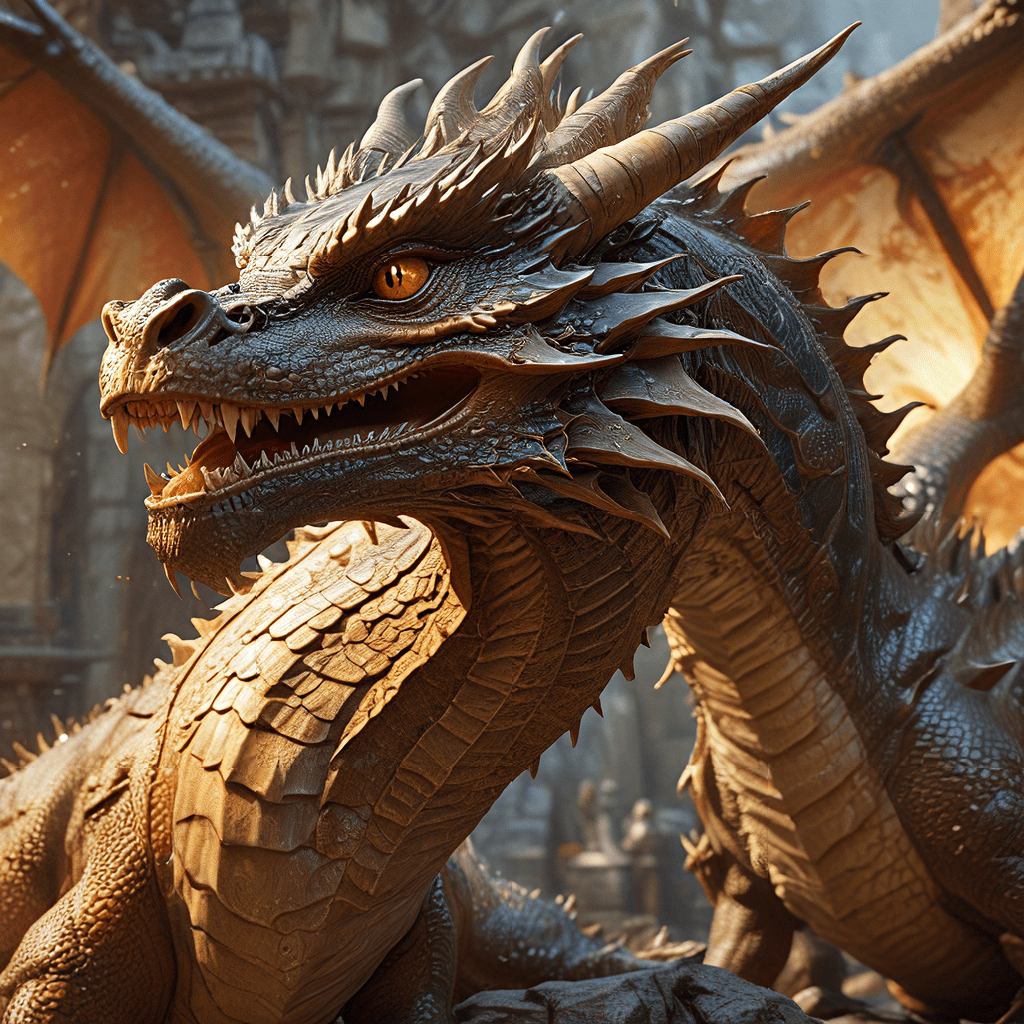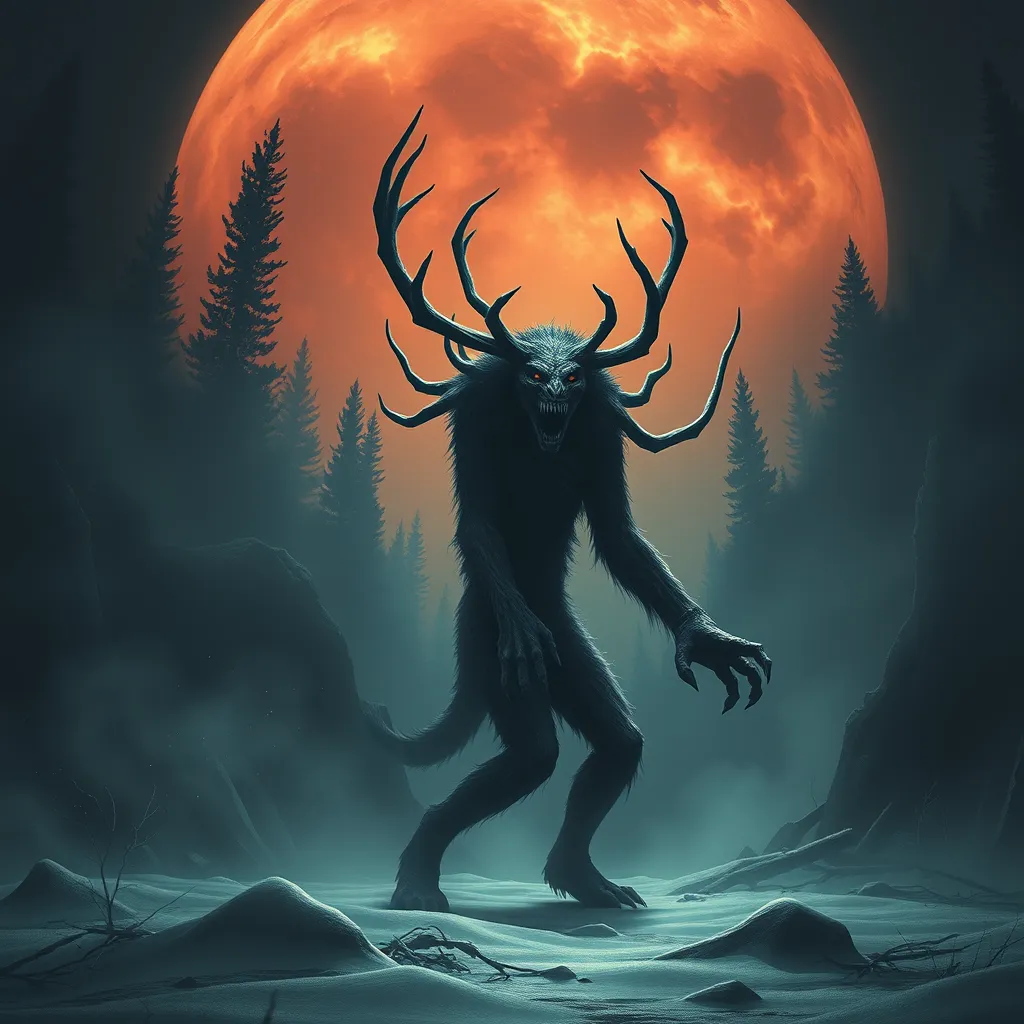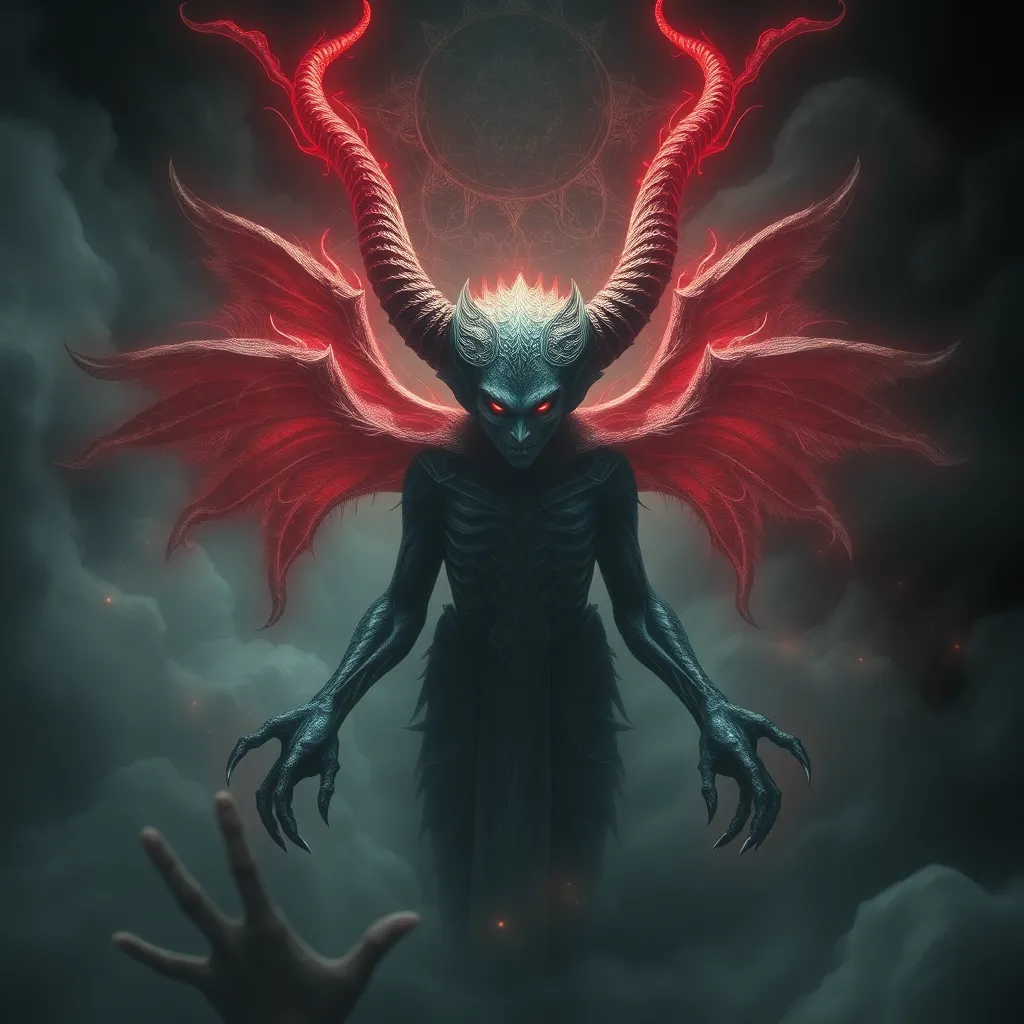The Centaur in Modern Literature: The Centaur’s Role in Contemporary Fiction
I. Introduction
The centaur, a creature from Greek mythology, is depicted as half-human and half-horse, embodying both the rational and the primal aspects of existence. Traditionally, centaurs symbolize the duality of human nature, often reflecting the tension between civilization and wildness. In mythology, they are often portrayed as wild and unruly, yet some, like Chiron, are known for their wisdom and medicinal skills.
Over time, the centaur has evolved significantly in literature, transitioning from a mere mythological figure to a versatile symbol that resonates with contemporary themes. This article aims to explore the centaur’s role in modern fiction, examining its symbolic meanings, representation in fantasy and young adult literature, and its reflection of current societal issues.
II. Symbolism of the Centaur
The centaur represents a rich tapestry of symbolism, reflecting complex themes relevant to human experience:
- Duality of human and beast: The centaur embodies the struggle between our civilized selves and our primal instincts, serving as a reminder of the balance we must achieve.
- Representation of inner conflict and identity: Centaurs often struggle with their dual identities, mirroring the conflicts individuals face in reconciling different aspects of their personalities.
- Metaphor for the struggle between civilization and nature: Centaurs can symbolize the tension between societal expectations and the natural world, often advocating for a return to a more instinctual way of living.
III. The Centaur in Fantasy Literature
Centaurs have become a staple in fantasy literature, often serving as guardians of wisdom and nature. Their presence enhances the mythos of various fictional worlds:
- “Harry Potter”: In J.K. Rowling’s series, centaurs are portrayed as intelligent beings who possess profound knowledge of the stars and nature, often acting as protectors of the Forbidden Forest.
- “Percy Jackson”: Rick Riordan’s centaurs, particularly Chiron, play crucial roles as mentors, guiding young demigods in their quests while embodying themes of honor and sacrifice.
The inclusion of centaurs enriches the world-building in these narratives, adding layers of mythology and complexity to the storylines while allowing readers to explore themes of wisdom, power, and the interconnectedness of life.
IV. The Centaur in Contemporary Fantasy and Sci-Fi
Modern interpretations of centaurs in speculative fiction often challenge traditional narratives, reflecting contemporary issues:
- Hybrid identities: In a world increasingly defined by diversity, centaurs symbolize hybrid identities, representing the blending of different cultures and experiences.
- Case studies: Notable books such as “The Last Unicorn” by Peter S. Beagle and “The Centaur” by John Updike explore the centaur’s complex identity in unique ways, offering fresh perspectives on this mythological being.
These modern narratives delve into themes of acceptance, belonging, and the human condition, illustrating how centaurs can be reimagined to address current social dialogues.
V. The Centaur in Young Adult Literature
The portrayal of centaurs in young adult (YA) fiction reveals significant trends and themes:
- Adolescence and growth: Centaur characters often mirror the tumultuous journey of adolescence, symbolizing the struggle for identity and self-acceptance.
- Cultural significance: By featuring centaurs, YA literature engages younger readers with themes of empathy, conflict resolution, and understanding diversity.
This representation not only enriches storytelling but also provides young readers with relatable figures, fostering a deeper connection to their own developmental experiences.
VI. The Centaur as a Reflection of Modern Society
Centaur narratives often serve as poignant reflections of contemporary societal issues:
- Critique of human behavior: Through the lens of the centaur, authors critique human tendencies toward violence, greed, and disregard for nature.
- Environmentalism: Centaurs often embody a connection to the Earth, prompting discussions around environmental stewardship and the consequences of neglecting our natural world.
- Socio-political relevance: In today’s socio-political landscape, centaur stories resonate with themes of hybrid identities and the quest for belonging in an increasingly fragmented world.
These narratives encourage readers to reflect on their roles within society and the importance of harmonizing the human experience with the natural world.
VII. Author Perspectives: Insights from Contemporary Writers
Many contemporary writers have incorporated centaurs into their works, each bringing unique insights and interpretations:
- Interviews and quotes: Authors like Rick Riordan and Peter S. Beagle discuss their motivations for using centaurs as symbols of wisdom, strength, and the complexity of identity.
- Diverse interpretations: Different cultural backgrounds lead to varied representations of centaurs, enriching the narrative landscape.
- The creative process: Writers often draw upon mythology to create relatable characters that resonate with modern audiences, using the centaur as a vehicle for deeper storytelling.
These perspectives illustrate the centaur’s enduring appeal and versatility in contemporary literature.
VIII. Conclusion
The centaur remains a significant figure in modern literature, symbolizing the duality of human nature and reflecting contemporary societal issues. Its evolution from ancient mythology to a multifaceted character in contemporary fiction underscores its relevance in today’s world.
As we look to the future, centaur narratives will likely continue to explore themes of identity, belonging, and the human condition, providing readers with both enchanting tales and profound insights. The enduring appeal of the centaur archetype lies in its ability to resonate with our deepest struggles and aspirations, making it a timeless symbol in literature.




